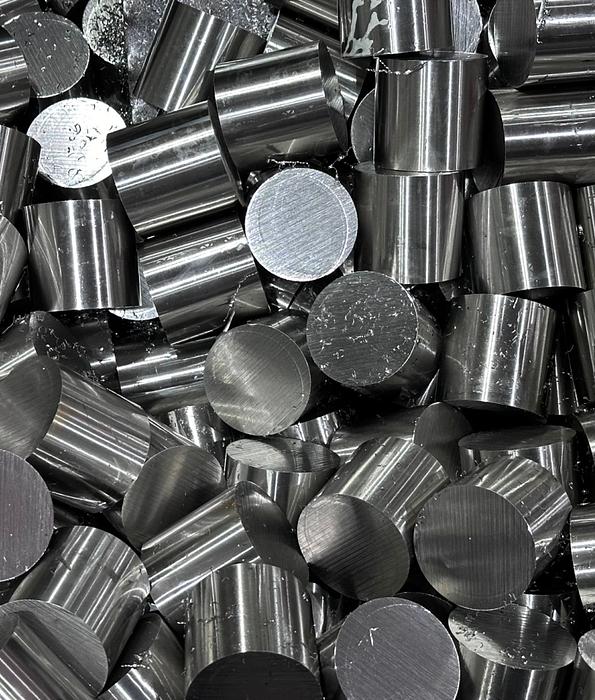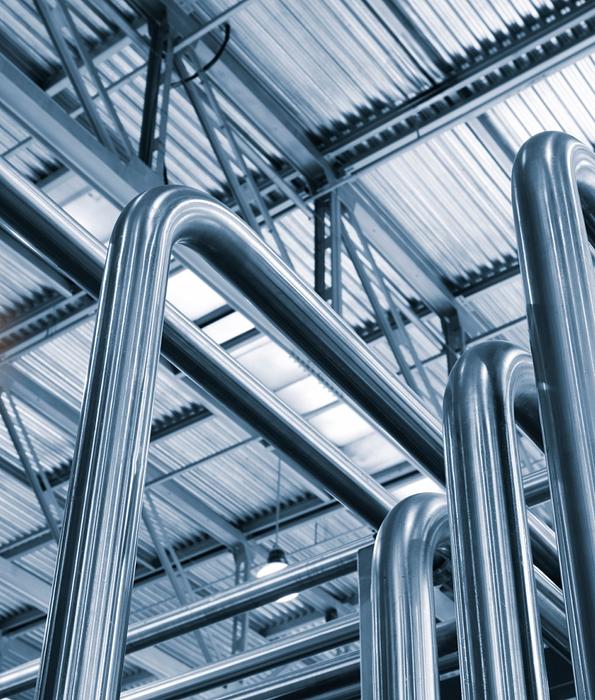How to Drill Stainless Steel: Best Bits, Methods & Tips
Drilling stainless steel isn’t like drilling softer metals. Get the wrong bits, go too fast or forget the coolant, and you’ll find yourself fighting work hardening, broken bits or ruined holes. But with the right gear and technique, you can achieve clean, precise holes every time.
Article in brief
Drilling stainless steel is tough but doable with the right bits, coolant and speed. Cobalt or TiN-coated HSS bits are your best bet.
Stainless steel work-hardens fast, so keep the drill bit cool, apply steady pressure and don’t pause mid-cut.
Mark holes with a scribe or 3-point punch (not a centre punch) to avoid hardening the surface.
Use cutting fluid generously. Spray, flood or drip. It reduces heat, clears chips and prevents drill bit damage.
Watch your swarf. Clean, short, shiny spirals mean your settings are spot on. If it’s dark or dusty, back off and reset.
Clamp the metal tight. Loose workpieces are a serious safety risk.
Drilling deep? Step drill, reduce speed and back out often to clear chips.
Post-drilling, deburr the edges and clean away swarf and coolant before tapping or screwing.
What makes stainless steel tricky to drill
Choosing the right drill bit for stainless steel
- Cobalt drill bits (M35, M42 types) – These hold hardness better under heat and are preferred for stainless.
- High-Speed Steel (HSS) bits – Especially TiN-coated or shorter versions, can work for thinner stainless jobs.
- Point angle, web thickness & geometry – A drill with a 118–135° split-point helps reduce skipping and walking. The web shouldn’t be too thin (it needs strength as you push). For harder stainless grades (like 316), a 135° split-point is preferred. It reduces thrust force and heat, allowing cleaner starts and longer bit life.
- Coatings – Like TiAlN or TiCN, which can prolong bit life by reducing friction and heat buildup.
- Length & flute design – Shorter bits flex less. Good flute geometry helps eject chips and reduce heat.
Setup & preparation
- Mark and punch – Use a 3-corner pyramid punch or a light scribe. Avoid a conical punch if possible, as it can work-harden the area. A sharp 3-point punch displaces less metal, reducing local hardening. Conical punches create a deeper dimple that can harden the surface, making the bit skate rather than bite.
- Clamp securely – The piece must not shift or spin. Use a backing plate if drilling through-holes.
- Apply coolant / cutting fluid – Lubrication is essential to reduce heat, flush chips and slow down work hardening. Light cutting oils or dedicated metalworking fluids perform best. Avoid WD-40 or general-purpose sprays for stainless — they evaporate too quickly and don’t offer proper lubrication.
- Set up speed & feed – Start slow. Use suggested speeds for stainless steels (lower than for mild steel) and adjust. For austenitic stainless (304, 316 etc.), speeds are modest.
- Start small – For thicker material, start with a pilot or step drill before going to the final size. This reduces cutting load, keeps holes centred and helps maintain coolant access deep into the cut. Aim for a pilot around one-third the final hole diameter.
Drilling technique & feed/speed guidelines
- Surface speed ~ 20-40 m/min, depending on bit and size. For example, with a 6mm cobalt bit, that’s roughly 1,000–2,000 RPM. For a 10mm bit, reduce to around 600–1,200 RPM. Always err on the slower side and adjust based on chip colour and sound.
- Feed per rev in mm might start around 0.002–0.005 mm/rev, depending on bit diameter
Related: How to Drill Through Angle Iron
Troubleshooting & avoiding mistakes
- Glazing & slipping – Bit is too slow or pressure too low. Increase feed or reduce speed, add coolant. If the bit polishes the surface instead of cutting, resharpen before reattempting — glazed bits won’t bite again properly.
- Bit overheating or breakage – Excessive speed or no cooling. Stop, let cool, sharpen or change bit. Blue discolouration on the bit means it’s lost temper and should be replaced.
- Bit wandering – Insufficient punch mark or feed. Use a centre punch and steady pressure. Double-check your drill is perpendicular to the workpiece.
- Poor chip flow/clogging – Regularly withdraw the bit to clear chips and reapply fluid. If chips jam, they act like an insulator, causing heat and premature wear.
Post-drilling care & finishing
Screwing or tapping into stainless steel
Order drill bits or pre-drilled metals
Drilling holes in stainless steel demands patience, the right drill bit and good cooling. Follow your starting speeds, feed steadily and don’t let heat or pause steal your progress.
At The Metal Store, you can find the best drill bits for stainless steel in our collection, including cobalt, TiN and specialty styles. If you’d rather skip the drilling, we can even pre-drill your metal to spec before delivery.
Order today and make your project smoother.


